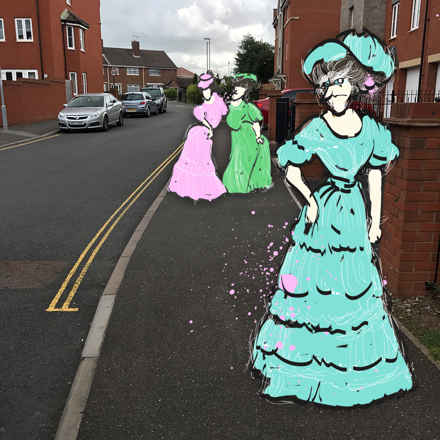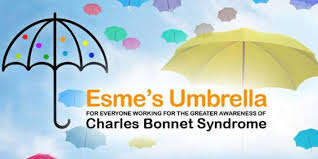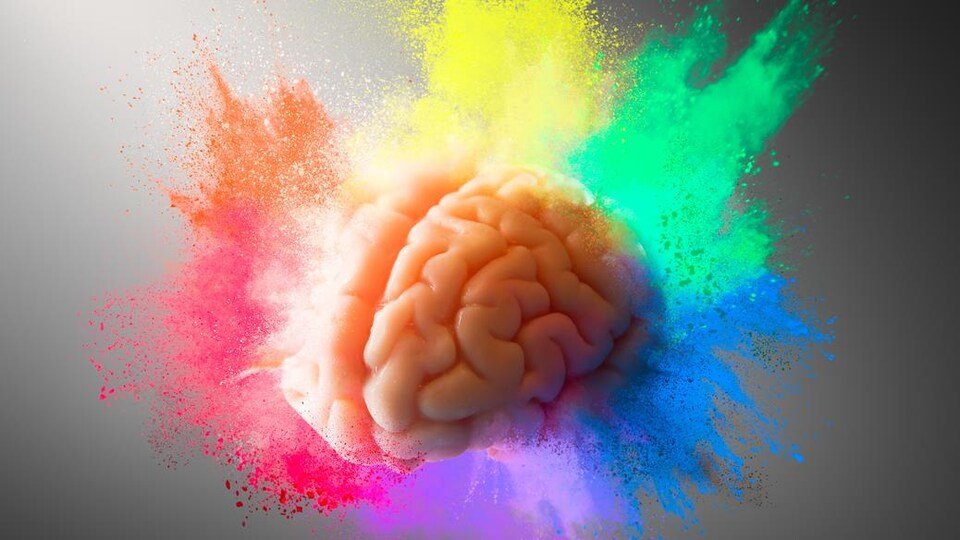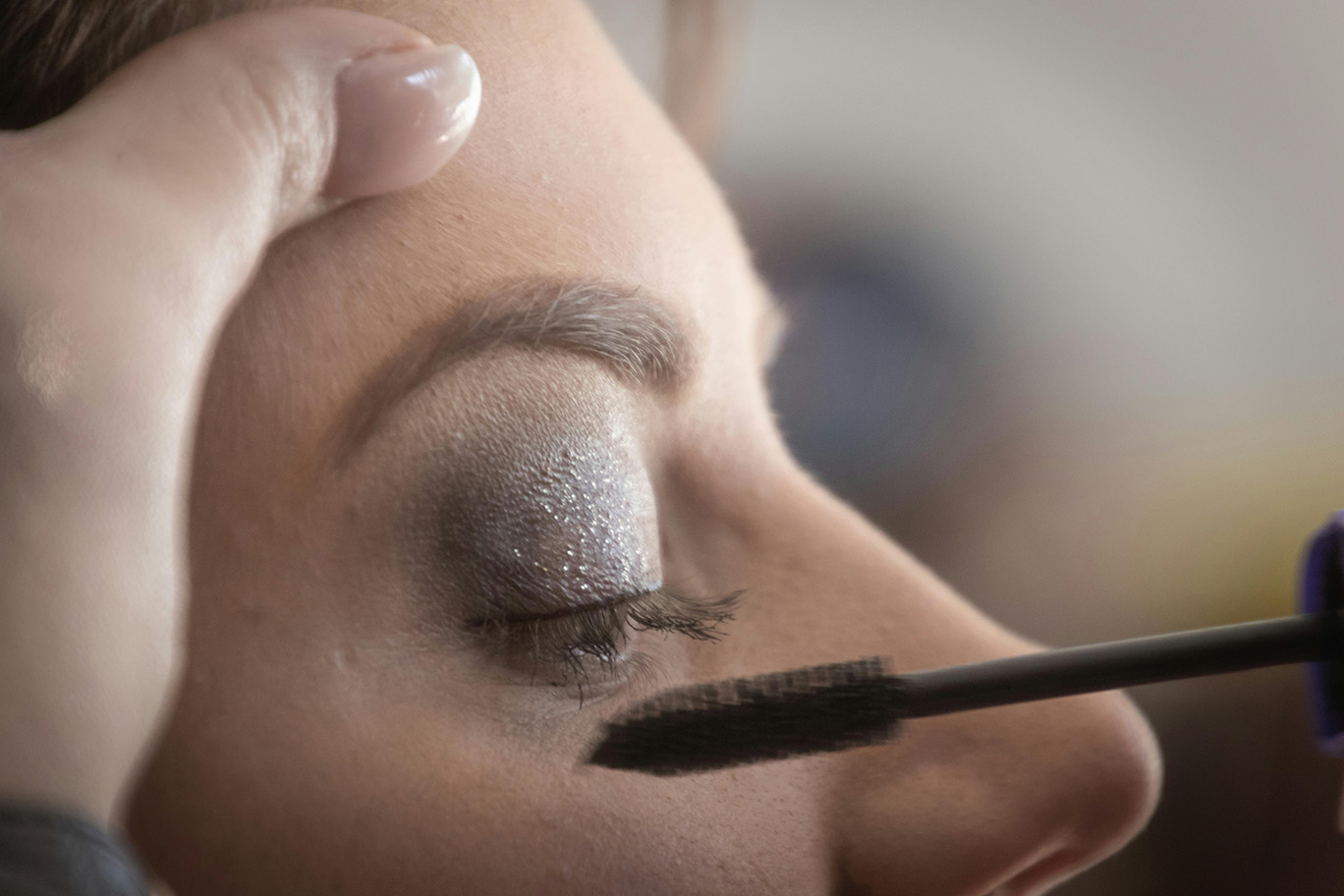Blog

Visual Hallucinations don’t always mean Dementia!
Posted: 16/11/2024
16th November is Charles Bonnet Syndrome awareness day. For people who have, or have a relative with advanced Macular Degeneration or other conditions causing visual loss, such as diabetic retinopathy or glaucoma, this syndrome may be familiar however if you have never heard of it before, read on…..
Charles Bonnet Syndrome causes vivid, complex visual hallucinations occur in psychologically normal people who have severe vision loss. This was first documented by the Swiss naturalist and philosopher Charles Bonnet over 300 years ago, when his 87-year-old grandfather, who was nearly blind from cataracts in both eyes perceived men, women, birds, carriages, buildings, tapestries and scaffolding patterns. Also more recently it has been documented in people with conditions affecting visual processing.

Visual hallucinations can be profoundly unsettling, particularly for individuals who are unaware that such experiences are common when more than 60% of vision is lost. Charles Bonnet Syndrome (CBS) may affect nearly half of those with significant visual impairment. These intense, silent hallucinations can be frightening and significantly diminish quality of life. Unfortunately, there is currently no cure for this condition, and available treatment options remain quite limited – however, reassurance and recognition will give comfort. Many older adults may fear they are showing signs of dementia and might hesitate to discuss their hallucinations with others, leading to a situation where numerous individuals endure these experiences in silence.
People can develop CBS at any age with severe sight loss. In the UK it is estimated that a million people of all ages, including children, are living with CBS. It is thought that the brain tries to ‘fill in the gaps’ creating images of people, animals, buildings or strange shapes or military figures which look very real to the person experiencing them. Hallucinations of children and babies, animals, snakes, rodents, insects, frogs, water, vehicles, buildings, plants, grass, trees, furniture or walls are also common.

Esme’s Umbrella is a campaign dedicated to raising awareness of Charles Bonnet Syndrome sourcing funding for research and to create ways to support people who develop the condition. Awareness levels still need to grow, both public awareness and in the medical professions in order to de-mystify and de-stigmatise it. There are many medical professionals who still do not know about CBS.
For further information visit charlesbonnetsyndrome.uk or if you think you or someone you know may be experiencing CBS you can email judith@charlesbonnetsyndrome.uk
< Back




